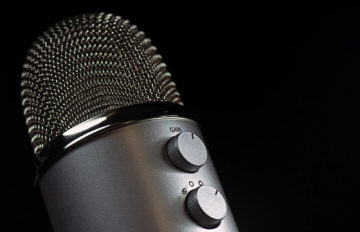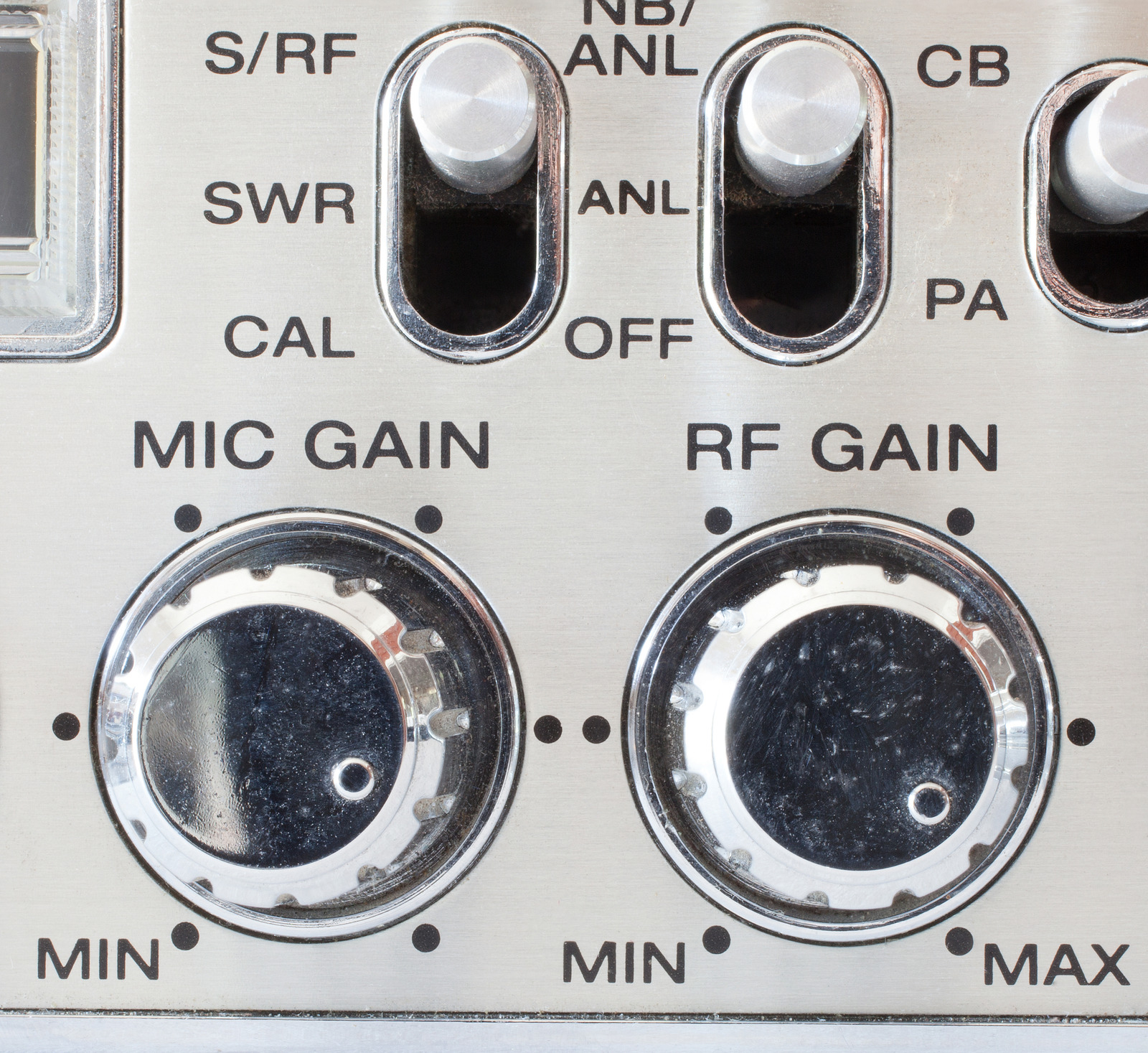How to Charge AirPods Without a Case
Discover the truth about how to charge AirPods without a case. Uncover myths, find alternatives, and safeguard your audio experience.

For many novice audio users, a microphone is a simple tool. Whether on its own or in something like a gaming headset, it’s a plug-and-play analog interface that allows your voice to be transmitted, amplified, or recorded.
Like a guitar or drums, though, when converting those sound waves into electrical energy, there are tweaks and tactics to get the perfect for you sound from a microphone.
The most basic “tweak” is volume. That’s one most people are familiar with. One of the most important tools, especially for microphones, and one that most new users aren’t as familiar with, though, is gain. In this article, we will answer the question “what is microphone gain?”.

Microphone gain is used to increase the amplitude of the microphone signal.
Users can make the microphone signal strength compatible with audio equipment by adding energy to the signal and increasing the microphone gain.
Microphone gain is used because a microphone often produces a weak signal.
Most microphone signal levels range between -40 dBu and -60 dBu. dBu represents decibels as referenced to voltage and a range of -40 dBu and -60 dBu is a pretty weak voltage. For example, most professional audio equipment has a dBu of +4.
That means, since the signals aren’t even close to level, without “gaining” or increasing the microphone input level to be more equal, you wouldn’t be able to hear the audio.
Microphone gain is all about the audio signal from the microphone input to the interface.
Volume refers to the audio level output on the other end. For example, if you hook a microphone up to an amplifier, like a guitar, the gain adjustment will increase the signal going to the amp. By turning the volume up on the amp, though, you increase the audio level heard by listeners.
The key thing to understand here is that you’ll allow yourself more flexibility with the energy or volume output by using gain to increase the energy coming from the mic.
So, more input, or higher gain, or higher microphone signal strength = more output volume or audio loudness. Remember, though, there is a balance.
If you’ve ever heard a chunky-sounding guitar, the guitar got that sound by actually increasing the gain levels too much, albeit it on purpose. The ideal setup for a microphone, in most circumstances, is instead to match the gain and volume.
In most scenarios, a microphone will be plugged into an audio interface, mixer, amp, or audio recorder. Pretty much any of those devices will have a built-in preamp to boost the microphone’s low signals levels.
Depending on the quality of the mic, preamp, or interface, though, or if you have a microphone that just has very poor signal output, you may not be able to increase the signal enough to get audio levels you’re happy with.
In those cases, your best bet is a gain booster. A gain booster is a high-quality, purpose-built preamp that’s only job is to increase the microphone’s gain.
Gain Boosters come in two basic forms, external preamp, and phantom-powered preamps.
The external preamp will require its own power, be another thing to carry, and maybe a bit expensive, but the bulk of it will be worth it.
That’s because an external preamp provides more than enough gain in nearly every situation.
The other option, a phantom-powered preamp, is a bit simpler and cheaper to use. The phantom-powered preamp is much smaller and plugs directly into the mic.
As a “mic activator,” the phantom preamp offers a fixed boost of the microphone level of about 20 dB and, as the term “phantom” implies, requires no additional power sources.
Many users of new game and audio streaming platforms like Discord may come across something called automatic gain control.
Automatic gain control is a closed-loop circuit that internally adjusts and regulates the loudness of your amplifier. It was developed for cell phone technology where audio signals and the distances they have to travel vary widely.
Cell phone providers ensure similar call quality across the board by automatically adjusting the gain depending on the changing signal levels and distances.
Today many streaming platforms like Discord connect gamers from all over the globe. By using automatic gain control, these platforms level out audio input quality for all gamers.
That means by taking over the gain control for you, there is less adjusting on your end, and some users can get away with no mic monitoring at all.
For many new users, adjusting the audio levels on a microphone can be downright perplexing. How simple would it be just to crank the volume and run with it?
Unfortunately, turning pure electricity into audio bliss isn’t quite that straightforward.
It can be easy, though, once you know the basics.
Next time you’re faced with your microphones gain settings, just remember, gain is for the input levels, volume is for the output levels.
Because a microphone has low baseline output levels, you can get closer to the volume output level by turning up the gain and sending over a bit more juice. That all equals louder, better-sounding audio.
Have some more unanswered Microphone Gain Questions?
Yep! Gain lets you increase the signal level and amplify “loudness” inside of a system. When those levels get too high, you’ll hear distortion, no matter the volume level outputs.
Keep in mind that the distortion you’re hearing results from too much power, which can damage some equipment.
Although too much gain can create distortion, they aren’t the same thing.
Gain is the audio input level; distortion describes the sound you hear on the other end when the gain is turned up.
A mic gain that’s too low will create a low signal-to-noise ratio. That means instead of hearing the desired audio, you’ll hear the “noise floor” or internal electronic noise generally inaudible.
If you’ve ever turned up your newly bought Bluetooth speakers for 200 dollars (or television on a channel) where nothing is playing, the hiss you’re hearing is the noise floor.
A mic gain that’s too high will create distortion and clipping of your audio. That distortion is an indication of too much power and can lead to equipment damage.